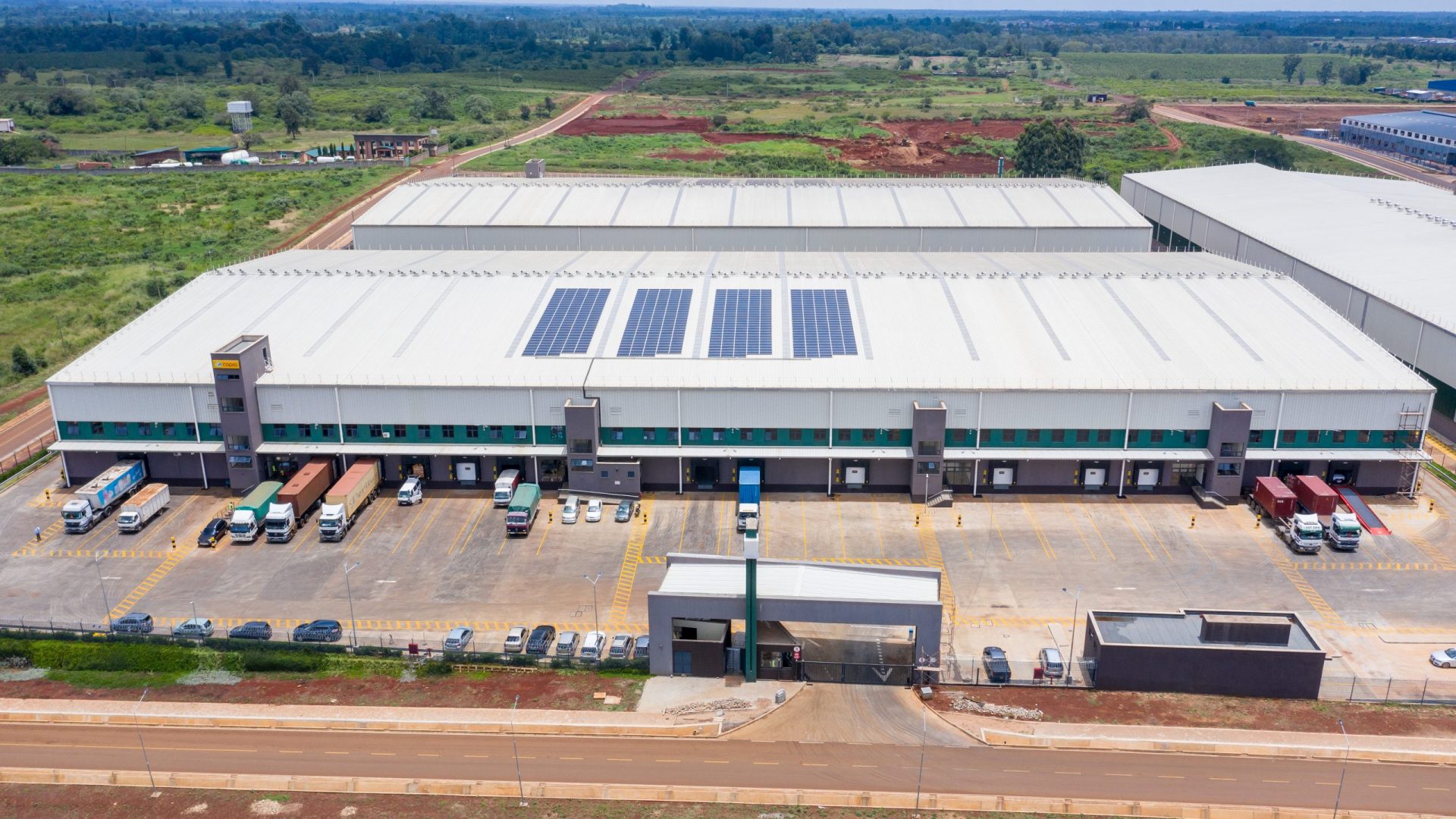Problem solving
For leading emerging markets venture capital (VC) investor, Nikunj Jinsi, digitisation in low- and middle-income countries is about using data together with real world infrastructure to reach more efficient decisions and solutions.
What digitisation means in practical terms, he says, is a ‘hierarchy of needs.’ It starts with fundamental physical infrastructure such as data centres and fibre networks, then on to financial inclusion businesses that provide a gateway for online transactions. The next step is networks to facilitate the delivery of online purchases, both last mile and long haul, which he says can be trickier in developing markets due to a lack of core infrastructure such as reliable roads.
However, he adds none of this is new. Investment into digitisation has been happening for the past two decades, but “what we’re seeing now is the use of applications towards consumers and that’s where lower- and middle-income markets are seeing the growth of interest,” he says.
Is this type of digital investment justifiable for a publicly funded development finance institution (DFI), asks BII’s Head of External Affairs Colin Buckley, who chaired the event? Shouldn’t DFI capital be spent on traditional development sectors, such as agriculture or power generation?
“This is not technology for technology’s sake,” Nikunj responds.
“You’re not looking at Silicon Valley type of deep tech investments. You’re looking at applying technology to solve fundamentally critical underlying problems.”
“So, if you’re looking at, for example, providing good quality education in rural areas, remote learning and providing a digital tools would be a way towards that, that’s a much more efficient way of developing infrastructure than going about it the traditional way where you need to build buildings and train teachers.”
Investing in digital in emerging markets is essential, he continues, because it also recognises the fact people are often data savvy and have access to smart phones.
You can watch a recording of the event here
Why we need local solutions
We have seen examples of other countries try and replicate the Silicon Valley model for the incubation of technology businesses, such as Nigeria. But, asks Colin, is this the right approach for emerging markets?
Nikunj thinks a more effective approach, is to fund local solutions and local fund managers who know their communities and are often successful entrepreneurs in their own right.
“Look to develop local solutions at all levels not just later stage VC but also early stage incubators. Many businesses in Africa and south Asia still believe that if they’re modestly successful they should be going to the Valley to get that stamp of approval.
But I’m keener to see that the road towards success for technology businesses doesn’t have to start or go through Silicon Valley. So, it’s incumbent on DFIs such as BII to develop those local solutions and help set up accelerators.”
Society is changing
Bringing in BII’s Head of Technology and Telecoms Abhinav Sinha, Colin reflects that a decade ago the organisation didn’t have a technology team and now the sector is at the centre of our five-year strategy. “What’s changed?” he asks.
“It is in recognition that society is more tech-centric,” says Abhinav.
“And that you can’t keep doing the same things again and again and expect different results, so digital is a whole new way of approaching some of the biggest challenges in society.”
And it is a force multiplier. If you invest in digital infrastructure you can push through education tools, governance tools, solutions for financial inclusion, he says. “It is very capital effective.”
BII thinks about technology as a pyramid with connectivity infrastructure at the base, the digitisation of existing activities in the middle, and disruptive technologies at the top, explains Abhinav. However, for all of the different layers BII has a “robust framework” to estimate and monitor the impact of the investments.
Looking ahead
Colin asks both speakers to gaze into their “crystal balls” and predict the next trends in digitisation and technology. Nikunj kicks-off the discussion with the view that we are going to see an increase in data-driven companies and further rise of AI, which he says in areas such as healthcare are being used to provide cheaper and better quality of services at scale. Looking specifically at developing markets, he predicts the continuing electrification of markets will be a growing theme especially with the added pressure of climate change.
“I see that as cities such as Lagos and Cairo grow bigger and bigger, and there being more emphasis on climate control you’ll see policy makers come through with more pressure on developing electric solutions,” he adds.
Focusing on what developments will be the most impactful over the next decade, Abhinav says it is automation and the knock-on effects it will have. This is not only on the way economies are run, for example the automation of the delivery economy, but the impact that will have on jobs and the way we think about solutions as a society.
“It doesn’t mean that you stop automation and stop technology,” he adds. “But it does mean that there’s quite a bit of thinking to be done on how we’re educating our people, how we’re thinking about livelihoods in the future.”
Nikunji agrees, adding that these changes mean there needs to be a focus on skills and training such as the provision of digital skills courses at universities. And there is a need to build an “enabling environment”, and change attitudes in a way which sees entrepreneurship as a viable career choice rather than just focusing on “traditionally prestigious careers”.
For a final question Colin asks Abhinav and Nikunj to imagine they had each been given $100 million to invest into technology for developing countries, how would they spend it he asks.
Abhinav says he would put half into “connectivity plays”, linking back to the way BII sees foundational investments and the importance of digital infrastructure. Next, he would invest $30 million into companies that are either improving efficiencies for SMEs by reducing the barriers they face when engaging with a larger customers or supplier bases. Or companies that are creating the new tech jobs.
And finally, he would put $10 million into “disruptive companies” and $10 million into commercially successful companies for financial sustainability.
Nikunj takes a different approach, investing the full $100 million into companies that support financial inclusion.
“Anything that uses the flywheel effect where people are able to enhance income as a result of the fact that they get access to funding that they wouldn’t have had otherwise. Couple that with great credit scoring mechanisms, which is one of the key challenges to online financial markets, will allow for growing business but also will allow for also growing reach,” he explains.
Noting the difference in the chosen approaches, Colin adds, “Maybe we’ll be able to come back in ten years and someone will do the work to decide which approach was more impactful.”
This conversation is also available to listen to as a podcast. Press play below or find us on Apple Podcasts, Spotify or wherever you get your podcasts.











